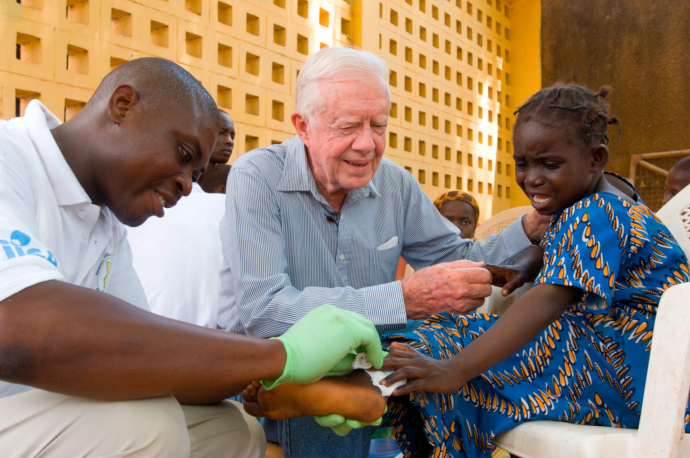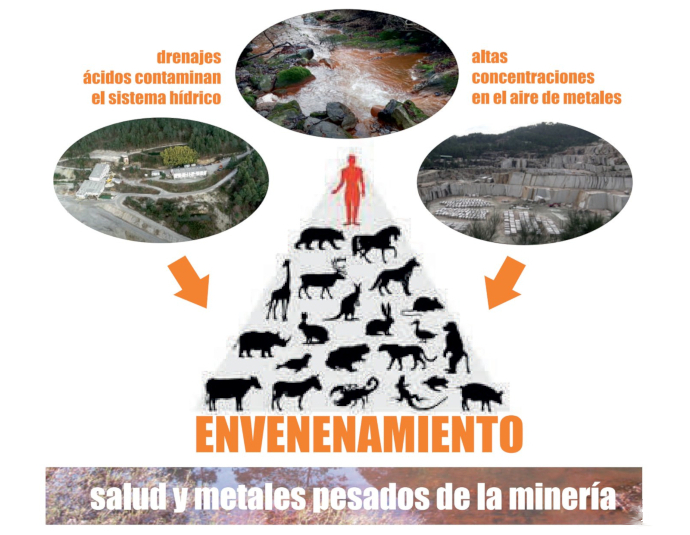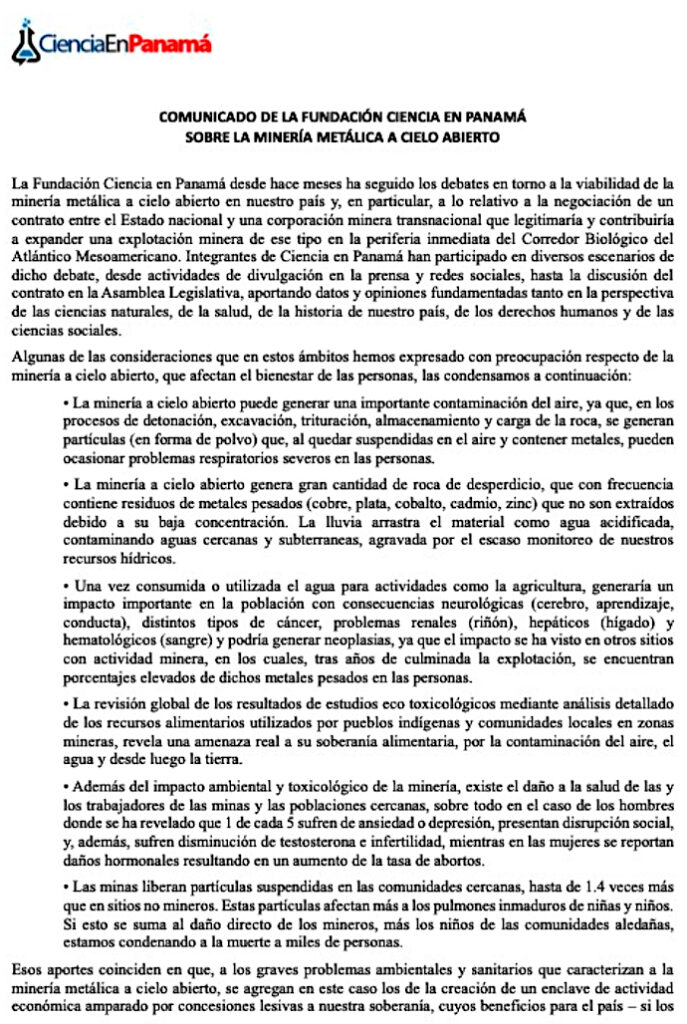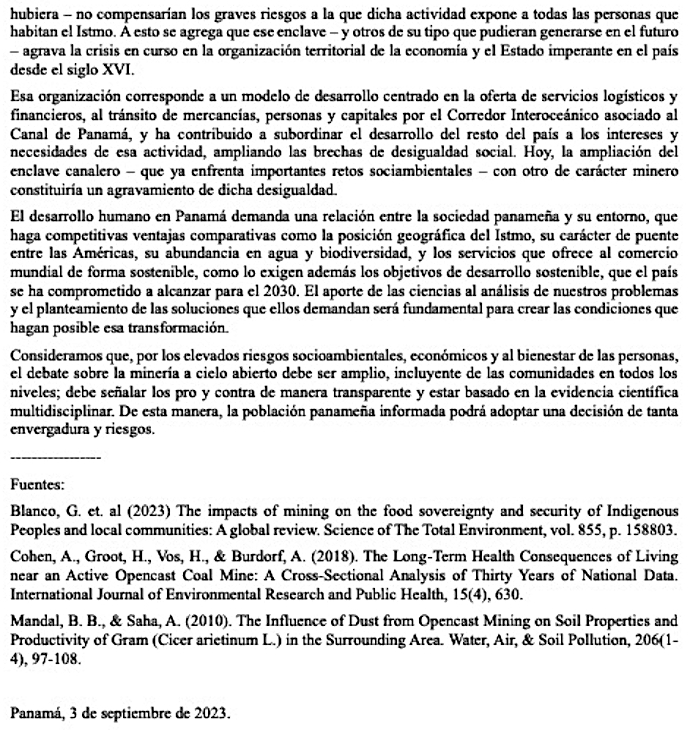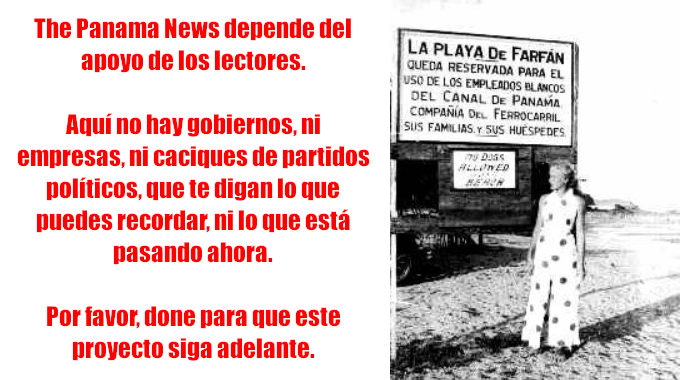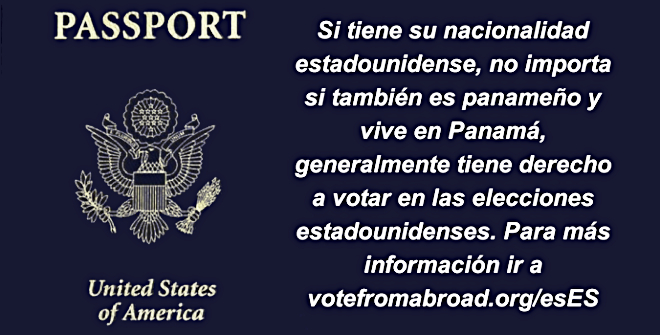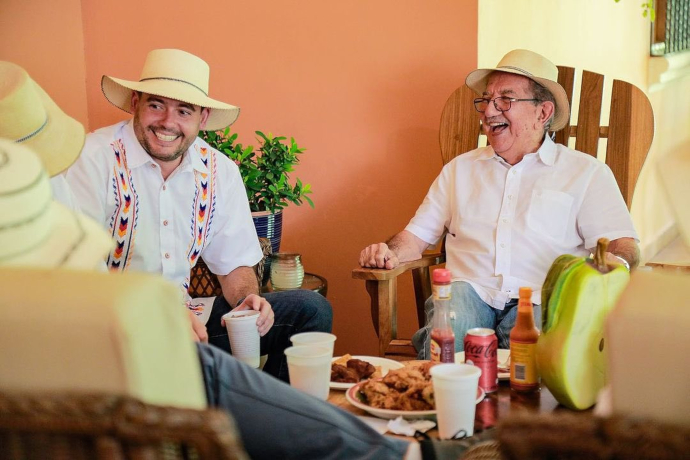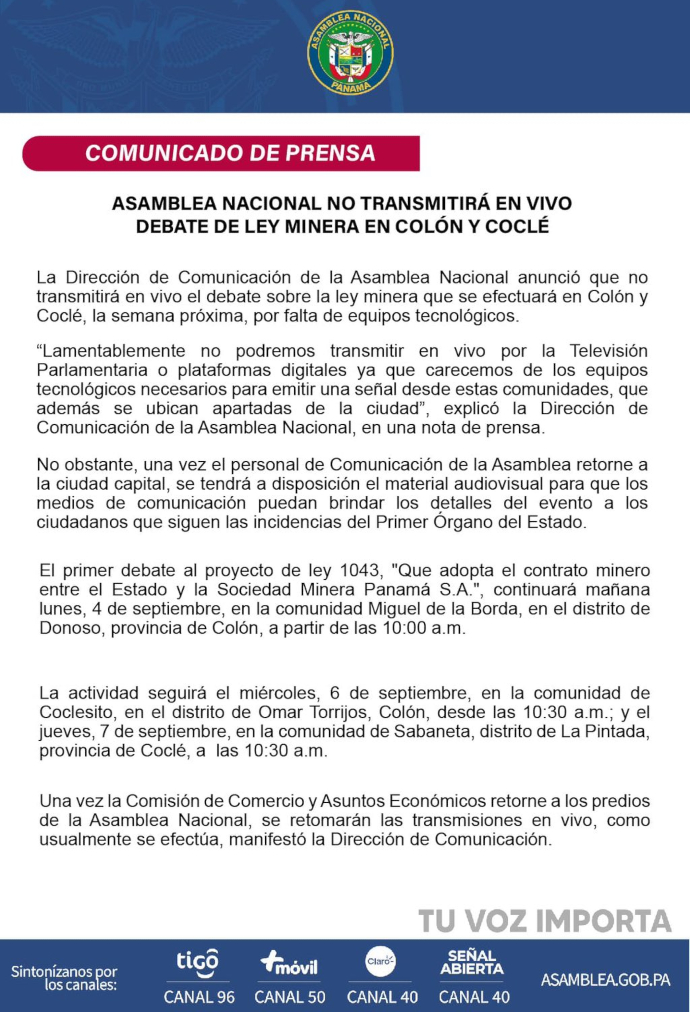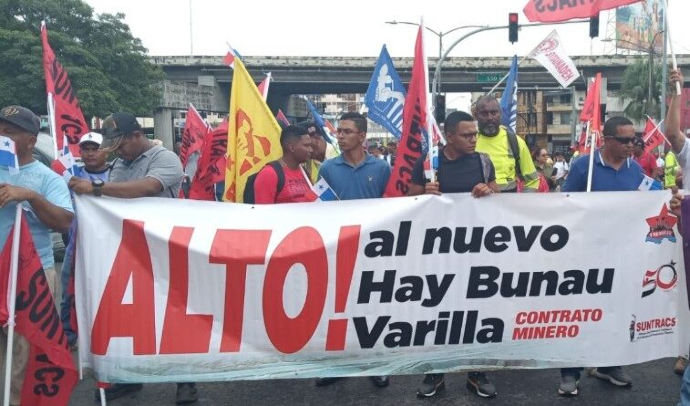Foto: Master1305/SHutterstock.
Cómo el ser humano domesticó la levadura que nos regaló el vino y la cerveza
Desde el Neolítico, cuando la recolección o captura de especies vegetales y animales dejó de ser la base de la alimentación de la especie, nuestra supervivencia –y, sobre todo, el desarrollo de las civilizaciones– ha sido fruto de la domesticación.
Mediante la agricultura y la ganadería hemos seleccionado, mejorado y adaptado a nuestras necesidades cereales, frutales, plantas de interés hortícola, aves y rumiantes para la producción de huevos, carne, leche… Y, en tiempos recientes, incluso especies de peces.
Pero a veces se nos olvida que también hemos domesticado de forma empírica a seres invisibles: los microorganismos necesarios para elaborar los alimentos y bebidas fermentadas, sobre todo bacterias lácticas y levaduras. Ambas son las responsables de la transformación de la leche en queso o yogur, de la carne en embutidos, de los vegetales en encurtidos, del vino, del pan y de la cerveza.
El peso histórico de la embriaguez
De la levadura del pan, el vino y la cerveza, Saccharomyces cerevisiae, habla precisamente este artículo. Probablemente fue domesticada en Asia u Oriente Próximo en los primeros asentamientos agrícolas. Los restos arqueológicos, las tablillas mesopotámicas y los papiros egipcios registran recetas para la elaboración de vino o primitivas cervezas, muy populares en estas primeras civilizaciones.
Quizás la evidencia arqueológica más antigua del consumo de cereal fermentado procede de la cultura natufiense, en el periodo Mesolítico en Oriente próximo, entre el 12 500 y el 9 500 a. C. Podemos especular que la “mágica” evolución de los mostos azucarados a un brebaje embriagador e imperecedero ocurrió de manera empírica en los almacenes de fruta o grano, y pronto fue dominada en sus aspectos técnicos, seguramente por mujeres dentro de los clanes familiares e incluso en castas sacerdotales.
Muchos siglos antes de los banquetes griegos, de los que la obra de Platón da testimonio, el consumo de bebidas fermentadas estaba integrado en rituales mistéricos y festivales estacionales.
El propio Evangelio, base de la religión cristiana, hace referencia a estos cultos integrando el pan y el vino, productos de la fermentación por Saccharomyces, como el eje del ritual de la eucaristía.
En el contexto de esos ritos, el estado de embriaguez provocado por las bebidas fermentadas pudo interpretarse en las primeras civilizaciones como un estado de consciencia sobrenatural que permitía conectar con los dioses, ellos mismos según los mitos bebedores de néctar, soma, etc. A pesar de su antigüedad y su peso histórico –ningún historiador podrá negar taxativamente que muchas decisiones que han cambiado el curso de la historia se han tomado con mucha probabilidad tras el consumo de alcohol–, hasta el siglo XIX la fermentación alcohólica no fue explicada científicamente.
Todo eran especulaciones hasta que llegó Pasteur
El primero en observar levaduras en alimentos fermentados fue Antoni van Leeuwenhoek (1632-1723). Pero la demostración de las hipótesis del físico Charles Cagniard de la Tour (1777-1859) y el naturalista Theodor Schwann (1810-1882) en favor de un papel activo de estos “animálculos” en la conversión del azúcar en alcohol y anhídrido carbónico no fue científicamente probada hasta que Louis Pasteur (1822-1895) se interesó por las transformaciones bioquímicas que tenían lugar en la producción del vino y la cerveza.
El propio Pasteur patentó un método de producción de cerveza con el que pretendía superar la calidad del caldo producido por sus enemigos alemanes en plena guerra franco-prusiana. La aplicación de las técnicas de cultivo puro, puestas a punto por el propio Pasteur y su rival alemán Robert Koch (1843-1910), inspiró a Emil Christian Hansen (1842-1909) a aislar a partir de los mostos de la factoría Carlsberg en Copenhague, donde trabajaba como microbiólogo, a la levadura “lager”. Esta levadura era un híbrido entre una Saccharomyces cerevisiae domesticada y una levadura adaptada al climas fríos, Saccharomyces eubayanus. El híbrido fue denominado entonces Saccharomyces carlsbergensis y hoy ha sido renombrado como Saccharomyces pastorianus en honor al padre de la microbiología.
Las levaduras fermentativas son los microorganismos más rentables del mundo, necesarios en las industrias panadera, del cacao, vínica y cervecera, así como para producir bebidas destiladas. Solo en Europa se estima que producimos un millón de toneladas de levadura anualmente con fines comerciales.
Conocemos sus genes como la palma de la mano
Saccharomyces cerevisiae ha sido también un modelo en biología a lo largo del siglo XX, gracias a la facilidad de manejo de su ciclo reproductivo vegetativo y sexual, óptimo para probar de manera sencilla las leyes de Mendel. Al fin y al cabo, es el organismo eucariota –con un núcleo verdadero– que mejor conocemos a nivel genético y molecular.
La secuenciación completa de los 16 cromosomas que contiene su genoma, en 1996, fue un ensayo general imprescindible para la posterior secuenciación del genoma humano. Aunque cientos de millones de años de evolución divergente separan al ser humano de la levadura, muchas funciones fisiológicas y rutas bioquímicas celulares están perfectamente conservadas. Tanto es así que el genetista Ira Herskowitz (1943-2003), uno de los padres de la biología celular de la levadura, solía replicar a quien cuestionaba su validez como modelo con la frase lapidaria “la levadura es un ser humano unicelular”, zanjando con ironía pero con determinación cualquier posible discusión al respecto.
Y en el siglo XXI, el uso de S. cerevisiae como modelo ha estado detrás de tres premios Nobel: Hartwell (2001), Schekman (2013) y Oshumi (2018). Por su investigación en este modelo de los mecanismos que rigen el ciclo de división celular (esencial para luchar contra el cáncer), el tráfico de vesículas entre orgánulos y los procesos de autofagia, respectivamente.
A su importancia como modelo biológico y en fermentaciones industriales hay que añadir su papel como probiótico, su uso en la industria químico-farmacéutica para producir a escala industrial y con bajo coste fármacos de enorme importancia como hormonas (insulina humana) o vacunas (la de la hepatitis B), o su utilización en la producción de bioalcohol en el campo de las energías limpias.
Alcohol antibacteriano
Las levaduras llevan en la Tierra cientos de millones de años. ¿Qué hacían antes de que las domesticáramos?
Sabemos que viajan en las patas e intestinos de avispas, moscas y otros insectos, entre ellas la mosca de la fruta, Drosophila melanogaster. Sobreviven durante el invierno como parte de la microbiota intestinal de estos insectos. Y cuando llega el momento de la maduración de la fruta o se encuentran cualquier mosto rico en azúcares, las golosas moscas y avispas transportan a enormes distancias a las levaduras (bueno, enormes para ellas, que tienen el tamaño de un glóbulo rojo) y las inoculan con su saliva y con sus patas en las frutas.
Pero justo ahí se encuentran con terribles competidores con un metabolismo mucho más rápido: las bacterias. Por suerte, la naturaleza es inmensamente sabia, y las levaduras convierten los azúcares, según los consumen, en un poderoso producto antibacteriano: el alcohol etílico, un desinfectante y antiséptico que mantiene a raya a bacterias y virus.
Por lo tanto, la fermentación alcohólica es una estrategia de supervivencia que permite a estos pequeños hongos competir en su nicho. Utilizándolas para fabricar cerveza o vino la especie humana es, sencillamente, una oportunista que ha domesticado esta fermentación alcohólica, tan importante en nuestra cultura gastronómica.
Contact us by email at / Contáctanos por correo electrónico a fund4thepanamanews@gmail.com
To fend off hackers, organized trolls and other online vandalism, our website comments feature is switched off. Instead, come to our Facebook page to join in the discussion.
Para defendernos de los piratas informáticos, los trolls organizados y otros actos de vandalismo en línea, la función de comentarios de nuestro sitio web está desactivada. En cambio, ven a nuestra página de Facebook para unirte a la discusión.
~ ~ ~
These announcements are interactive. Click on them for more information.
Estos anuncios son interactivos. Toque en ellos para seguir a las páginas de web.

